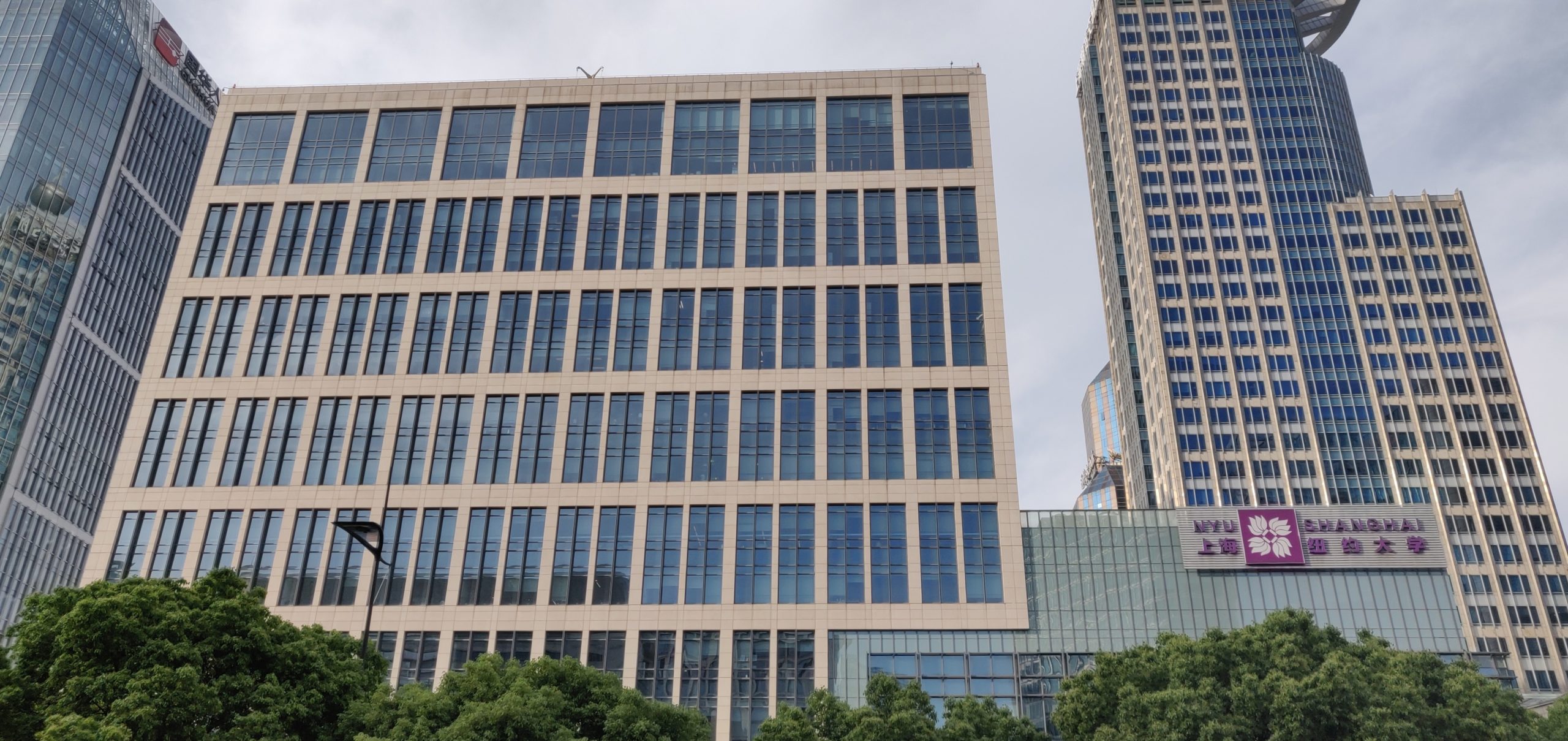This blog is part of the COMPAS Coronavirus and Mobility Forum and is co-published with Routed: Migration and (Im)mobility Magazine in its special issue of “The future of educational migration”
In 1950, John Hopkins University opened what is now widely recognised as the first ‘international branch campus’ in Bologna, Italy. Italian students could seek a degree from an American University without travelling. Over the past 15 years, over 300 such international branch campuses were opened worldwide, mostly by Western ‘mother’ institutions and most commonly in China and the United Arab Emirates.
While the vast majority of these international branch campuses are economically viable, their academic prestige is often questioned. Investigations have shown that, more often than not, the quality of the curriculum falls short of the standards of the mother institution. This may be due, for instance, to low English proficiency, which makes it difficult for students to interact with staff and to gain an experience similar to the one of the mother institution. These difficulties are further reinforced by struggles to recruit and retain teachers, especially when teaching staff resign during the academic year. Concerns about academic freedom add to these problems, when professors cannot contribute to public debates the same way as they would in the Western world. Altogether, these issues contribute to concerns over graduate employability, the degree obtained being perceived as less prestigious than the one granted by the mother institution.
Because of the COVID-19 pandemic, international branch campuses are under increased pressure to catch up with the standards of mother campuses. Indeed, some Western higher education institutions, such as New York University, Pennsylvania State University, University of Arizona, and several French business schools, rely on their international branch campuses to prevent their international students from postponing or cancelling their study plans.
Offer holders who had initially applied to study abroad but are unable or unwilling to travel are now offered the possibility to temporarily study in a branch campus in their home country, until the global public health situation stabilises. For instance, Chinese students who had successfully applied to study in New York were offered to start the academic year on the Shanghai campus of New York University.
First indications suggest that this offer was not always met with great enthusiasm among students from all universities. It is hard to know why at this stage. Thanks to previous investigations, we know why students want to study at branch campuses. Some of the most frequent reasons include geographical proximity to home, low tuition fees and living costs, safety in the country of study, and marketability of degrees. Yet, we do not know why students do not want to study at a branch campus. The current circumstances offer an invaluable opportunity to learn more: for the first time in the short history of international branch campuses, students who had not applied to study on one of them received an offer to do so.
We formulate two hypotheses to explain why some offer holders declined the offer to start the academic year in a branch campus. First, we hypothesise that the overall reputation of international branch campuses matters. Incoming students may worry about the quality of the curriculum and of the learning environment in the branch campus and, therefore, may be reluctant to pay the same tuition fees as charged by the mother campuses. Important factors may include reduced career prospects, perceived worst value for money, and concerns about English proficiency.
Second, we hypothesise that students may be worried that they would learn less at home than overseas. Physical mobility can be understood as an investment from which students seek a ‘mobility dividend’ related to their immersion in a new society, which they would not receive by studying in a branch campus in their own country. Travelling abroad, settling in a new country, adapting to a new culture and language, are all costs in return for which aspiring international students hope to gain valuable transferable skills and credentials on which to build their careers. If they opted to study in a branch campus in their home country, aspiring international students would invest less and may fear, therefore, that they would gain less.
In order to assess the validity of these two hypotheses, we are currently inviting students who had applied to study abroad but were instead offered to study in a branch campus at home to take part in a short survey. We will be presenting our results in February 2021 at the ‘Coronavirus and its Impact on International Students’ conference.
The authors of this article would like to acknowledge the invaluable support of Professor Biao Xiang, who notably came up with the concept of ‘mobility dividend’. Gratitude goes to Mariya Yanishevskaya for her contribution at an earlier stage of this project.
Jorica Pamintuan is a communications specialist with a background in development research, journalism, and media production. Her research interests include labour migration from Southeast Asia, domestic work, and migrant return and reintegration.
Achille Versaevel is a junior specialist in migration from, within and towards Europe. He graduated in 2018 with a first Master’s degree in European Studies from King’s College London and the Humboldt University in Berlin. His second Master’s degree is in Migration Studies at the University of Oxford, from which he graduated in 2019.
